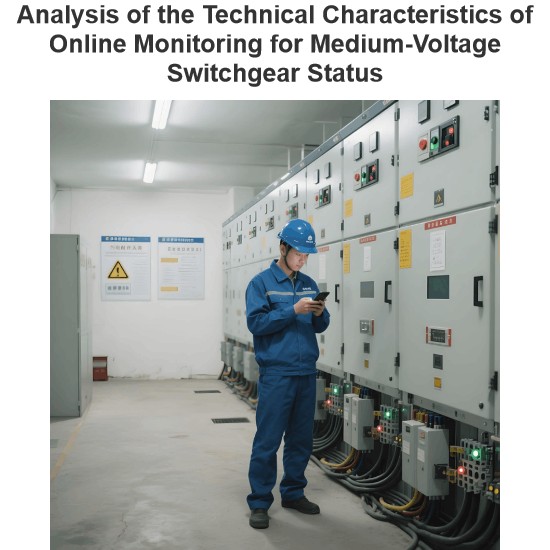How does a GFCI function?
How Does a GFCI Work?
A GFCI (Ground Fault Circuit Interrupter) is a safety device designed to prevent electrical accidents by detecting imbalances in the electrical system. Such imbalances are typically caused by current leakage to ground, which can result from equipment failure or human contact with live parts. When a GFCI detects such a leakage, it quickly cuts off the power supply to prevent electric shocks, fires, or other electrical hazards.
Working Principle of a GFCI
Normal Operation:In a normal electrical system, current flows from the "hot" (Live) wire into the load (such as an appliance) and returns through the "neutral" wire back to the power source. Under these conditions, the current flowing into the hot wire and the current returning through the neutral wire are equal, with no current leaking to the ground.The GFCI continuously monitors the difference in current between the hot and neutral wires, ensuring that the two currents remain balanced.
Detection of Ground Fault:If a ground fault occurs, for example, due to damaged insulation inside an appliance or if someone accidentally touches a live part, current may leak to the ground through the ground wire or through a person.In this case, the current flowing into the hot wire will no longer match the current returning through the neutral wire, creating an imbalance in the current.
Rapid Power Disconnection:The sensor inside the GFCI can detect this small current difference (typically 5 milliamps or less) and respond within milliseconds.Once an imbalance is detected, the GFCI immediately interrupts the power supply by triggering an internal mechanical switch to disconnect the circuit, thereby protecting people from electric shock.
Reset:After the fault has been resolved, the user can restore power by pressing the "reset" button on the GFCI. If the problem persists, the GFCI will not reset until the fault is repaired.
Applications of GFCIs
GFCIs are primarily used in environments where there is a risk of moisture or where people are likely to come into contact with live parts, such as:
Bathrooms and kitchens: These areas often have water, increasing the risk of electric shock.
Outdoor outlets: Used for garden tools, lawnmowers, and other electrical equipment.
Basements and garages: These areas may have damp conditions or involve the use of power tools.
Swimming pools and fountains: Water and electricity together pose a significant danger.
Types of GFCIs
Receptacle-Type GFCI: Installed directly in a wall outlet, protecting that outlet and any downstream outlets.
Circuit Breaker-Type GFCI: Installed in the breaker panel, protecting the entire circuit.
Portable GFCI: Suitable for temporary use, such as outdoor construction or camping, providing power protection on the go.
Advantages of GFCIs
Fast Response: Can cut off power within milliseconds, significantly reducing the risk of electric shock.
Wide Applicability: Suitable for residential, industrial, and commercial settings, offering enhanced safety.
Easy Installation: Receptacle-type and portable GFCIs are easy to install and do not require complex wiring.
Summary
A GFCI is a crucial electrical safety device that prevents electric shocks and fires by detecting current imbalances and quickly interrupting the power supply. Its rapid response and broad range of applications make it an essential component in modern buildings and electrical systems. Regular testing and maintenance of GFCIs ensure they remain in good working condition, providing optimal protection.
The Electricity Encyclopedia is dedicated to accelerating the dissemination and application of electricity knowledge and adding impetus to the development and innovation of the electricity industry.













